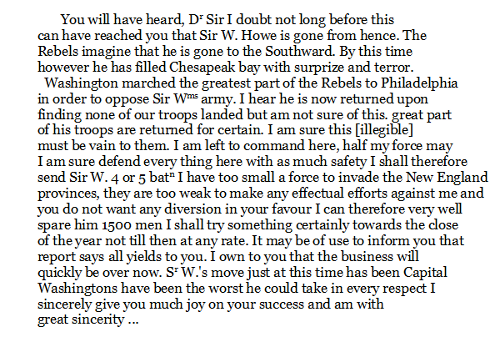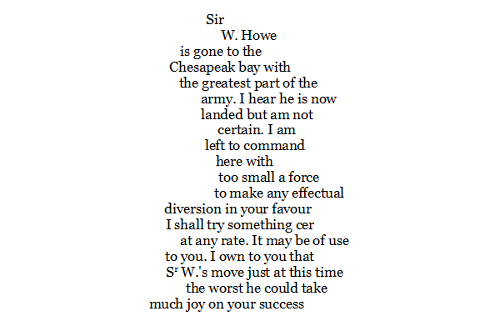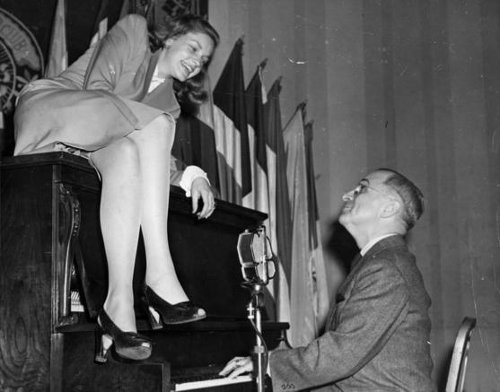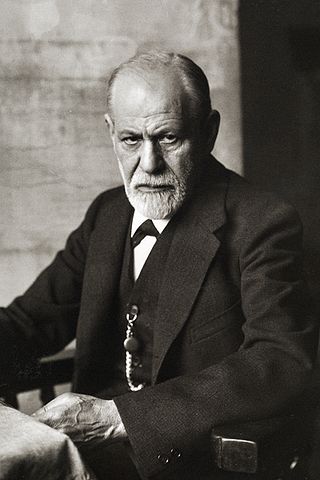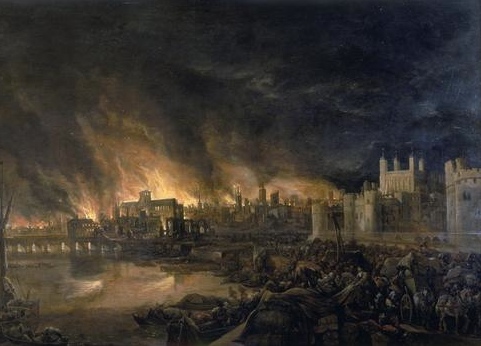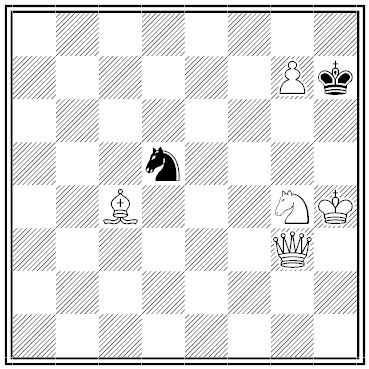In 1978 a bottlenose dolphin at California’s Marine World swallowed a 3-inch bolt. When the frustrated veterinarian complained that his arms were too short to reach it, the park’s president, Mike Demetrios, had a brainstorm. He called 6’9″ Golden State Warriors center Clifford Ray, whose arms are 45 inches long.
Ray reached into the dolphin’s second stomach and retrieved the bolt while a Los Angeles vet instructed him via intercom (photos here).
“They are a very smart animal and I think he realized he was in trouble,” Ray told the Chicago Tribune. “He was pretty much cooperative through the whole thing.”
Demetrios rewarded Ray with the bolt mounted on a bronze plaque, plus lifetime passes to the park, and named a new tiger cub “Clifford Ray” in his honor. For his part, Ray was convinced the dolphin was grateful. “After that whole incident, whenever I would go to the park, he would always recognize me,” he told sportswriter Howard Beck in 2006. “He would come right up to me without being prompted.”

